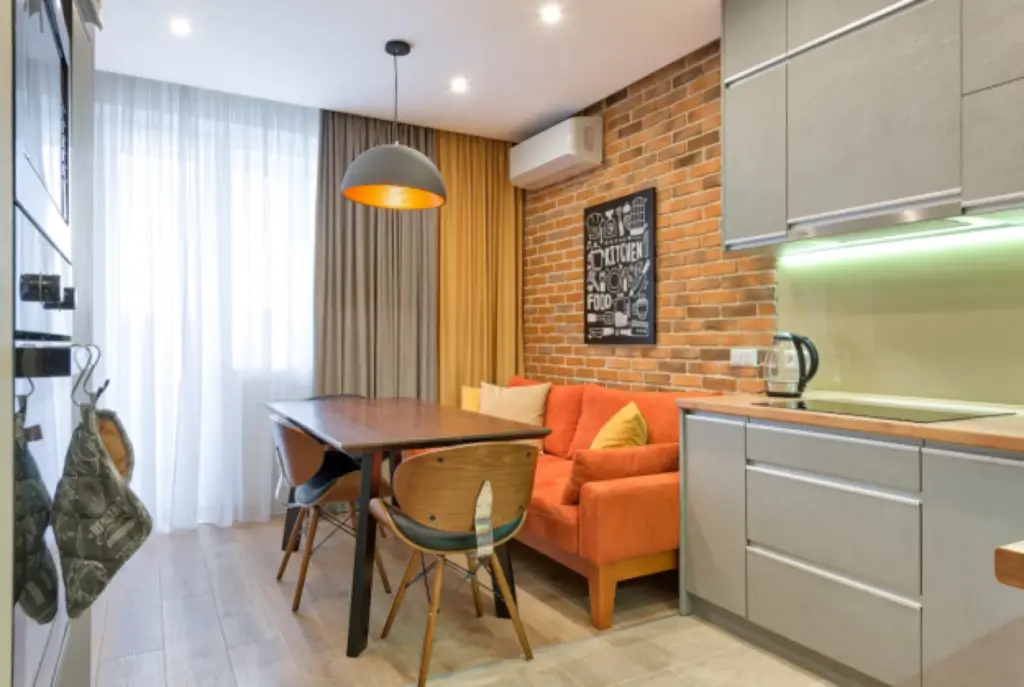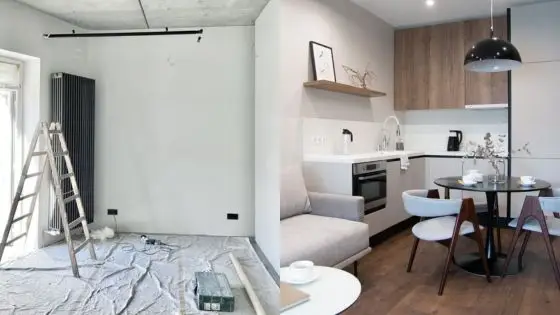Choosing the right cooling system for your home can feel overwhelming. With rising energy costs and varying home layouts, finding an efficient and cost-effective solution is crucial. The two most common options are ductless mini-split systems and central air conditioning. Each has its strengths and weaknesses, depending on factors like home size, budget, and personal comfort preferences. Understanding the differences will help you make an informed decision that suits your needs. Whether you prioritize energy efficiency, installation costs, or maintenance ease, this guide will break down both options to help you choose the best fit for your home.

How Ductless Mini-Split Systems Work
Ductless mini-split systems offer a flexible cooling solution without the need for ductwork. They consist of an outdoor compressor and one or more indoor units connected by refrigerant lines. Every indoor unit operates independently, allowing for zoned cooling, meaning you can set different temperatures in different rooms. This makes them ideal for homes without existing ductwork, home additions, or rooms that need customized climate control. Mini-splits rely on heat pump technology, meaning they can also provide heating in colder months. Their compact size and targeted cooling capabilities make them an increasingly popular choice among homeowners looking for efficiency.
How Central Air Conditioning Systems Work
Central air conditioning systems use a network of ducts to distribute cool air throughout the entire home. The system includes an outdoor compressor unit, an indoor evaporator coil, and a system of ducts that carry cooled air to different rooms. The thermostat regulates the temperature, ensuring consistent cooling. Central AC provides whole-home comfort, eliminating the need for multiple indoor units. Many homeowners prefer it for its ability to maintain even temperatures across large spaces. Go online and search for air conditioning companies near me to find a professional HVAC contractor who can evaluate your home and recommend the best system based on your specific cooling requirements.


Installation Costs and Complexity
Installing a ductless mini-split system tends to be more affordable than adding a central AC system to a home without existing ductwork. Since mini-splits only require small holes for refrigerant lines, installation is less invasive and can often be completed in a day. Central AC, on the other hand, requires a more complex setup, especially if ductwork needs to be installed or repaired. This significantly increases labor costs and installation time. If your home already has ducts, the cost difference narrows. However, for older homes without ducts, a mini-split system often provides a more practical and cost-effective cooling solution.
Energy Efficiency and Operating Costs
Ductless mini-split systems generally offer higher energy efficiency compared to central AC. Traditional central systems often lose a significant amount of energy through duct leaks and inefficient cooling cycles. Mini-splits, however, provide direct cooling to specific zones, reducing energy waste and lowering monthly utility bills. Additionally, mini-splits use inverter-driven compressors that adjust cooling output based on demand, preventing unnecessary energy use. Central AC units operate on an all-or-nothing cycle, which can lead to energy waste, especially in homes where cooling is only needed in certain areas. If cutting energy costs is a priority, a mini-split may be the better option.
Cooling Performance and Comfort
When it comes to overall cooling power, central AC has the advantage of delivering consistent temperatures across the entire home. This makes it ideal for larger spaces where uniform cooling is needed. Mini-split systems, on the other hand, allow for more personalized comfort by letting users set different temperatures in separate rooms. While this zoning feature is great for families with varying comfort preferences, it may not be as convenient for those who prefer a single temperature setting throughout the house. Additionally, central AC units often work better in humid climates since they can dehumidify larger areas more effectively than mini-splits.


Maintenance and Longevity
Ductless mini-split systems and central AC units both require regular maintenance, but their upkeep differs significantly. Mini-splits need frequent filter cleaning since each indoor unit has its own filter. Neglecting this can reduce efficiency and air quality. Additionally, the outdoor compressor should be kept free from debris, and refrigerant levels should be checked periodically. Central AC systems also require filter replacements, but since they rely on ductwork, they need duct inspections and cleanings to prevent dust buildup and airflow issues. In terms of longevity, mini-splits tend to last around 20 years, whereas central AC units typically last between 12 to 15 years.
Aesthetic Impact and Space Considerations
A major difference between these systems is how they fit into your home’s design. Central AC is nearly invisible, with only vents showing in each room and the outdoor unit placed outside. This makes it a more aesthetically pleasing option for those who prefer a clean, uncluttered look. Mini-split systems, however, require wall-mounted indoor units that may not blend well with all décor styles. While some models offer sleeker designs, they remain visible. Additionally, mini-splits save indoor space since they don’t require bulky air handlers, making them a great solution for small homes or apartments.
Noise Levels and Performance
Noise levels can make a big difference in comfort, and both systems have their pros and cons. Mini-split systems operate quietly since the noisy compressor is located outside, and the indoor units produce only a soft hum. This makes them ideal for bedrooms, home offices, and quiet spaces. Central AC systems, however, can be noisier due to the sound of air moving through ducts and the operation of the outdoor compressor. If the ductwork is old or improperly installed, it can lead to rattling or whistling sounds. Choosing a high-quality model with sound-dampening technology can help reduce central AC noise.
Both ductless mini-split systems and central AC have their advantages, and the best choice depends on your home’s layout, budget, and cooling needs. Mini-splits offer energy efficiency, zoning capabilities, and flexible installation, making them ideal for homes without ductwork or those seeking customized comfort. Central AC provides whole-home cooling, a discreet appearance, and strong humidity control, making it suitable for larger homes or hot climates. Understanding your priorities—whether it’s lower energy bills, ease of installation, or uniform cooling—will help you choose the system that keeps your home comfortable year-round.
- 0shares
- Facebook0
- Pinterest0
- Twitter0


